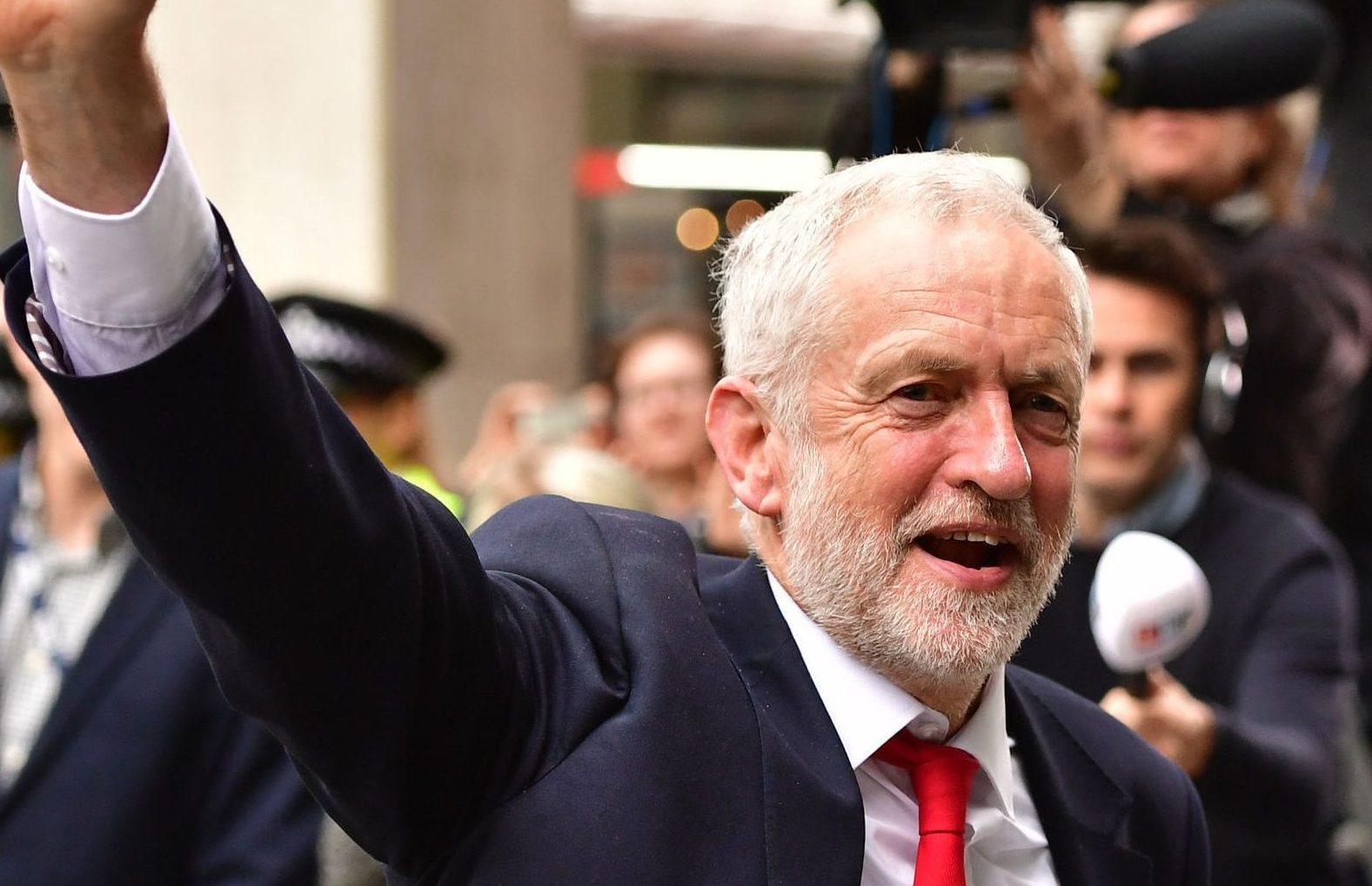
LABOUR leader Jeremy Corbyn has insisted “I can still be prime minister” as he vowed to fight Theresa May’s attempt to run a minority government “all the way”.
Labour won 262 seats in the General Election, up from the 232 secured by Ed Miliband in 2015, but the Conservatives remain the largest party in Parliament.
Mr Corbyn believes that without an outright majority Mrs May’s position is vulnerable and he intends to oppose the Queen’s Speech in an attempt to bring down her administration.
He told the Sunday Mirror: “I can still be prime minister. This is still on. Absolutely.
“Theresa May has been to the palace. She’s now attempting to form a government.
“She’s then got to present a programme to Parliament.
“There’s a possibility of voting the Queen’s Speech down and we’re going to push that all the way.
“We have got a mandate to deal with issues of poverty, justice and inequality in Britain.
“We want to end austerity and invest in this country and that’s what we’re going to do.
“Nearly 13 million people voted for us to do it.
“That’s why I’m here.”
Mrs May is seeking to rely on the Democratic Unionist Party’s 10 MPs to win key votes in Parliament.
But Mr Corbyn said: “I don’t think Theresa May and this government have any credibility.
“The Prime Minister called this election on the basis she would need a stronger mandate to negotiate Brexit.
“Well look what’s happened.
“The parallels are with 1974.
“The Conservatives sought, as they have done this time, a ‘who governs Britain?’ mandate.
“Ted Heath lost and tried to form another government and tried to get another majority in Parliament.
“And eventually Harold Wilson managed to form a government.
“She’s taking us back to those times. It’s back to the 70s with Theresa May.”
The Labour leader, who survived an attempt to oust him by his own MPs before the election, now expects that he will be able to attract some of the party’s biggest names to serve on his front bench.
“My phone is full of texts from lots and lots of people from right across the party,” he said.
“I’m very happy about that. I’m very proud to lead this party.
“And I’m open to everyone. It’s important to make that clear.”

Enjoy the convenience of having The Sunday Post delivered as a digital ePaper straight to your smartphone, tablet or computer.
Subscribe for only £5.49 a month and enjoy all the benefits of the printed paper as a digital replica.
Subscribe